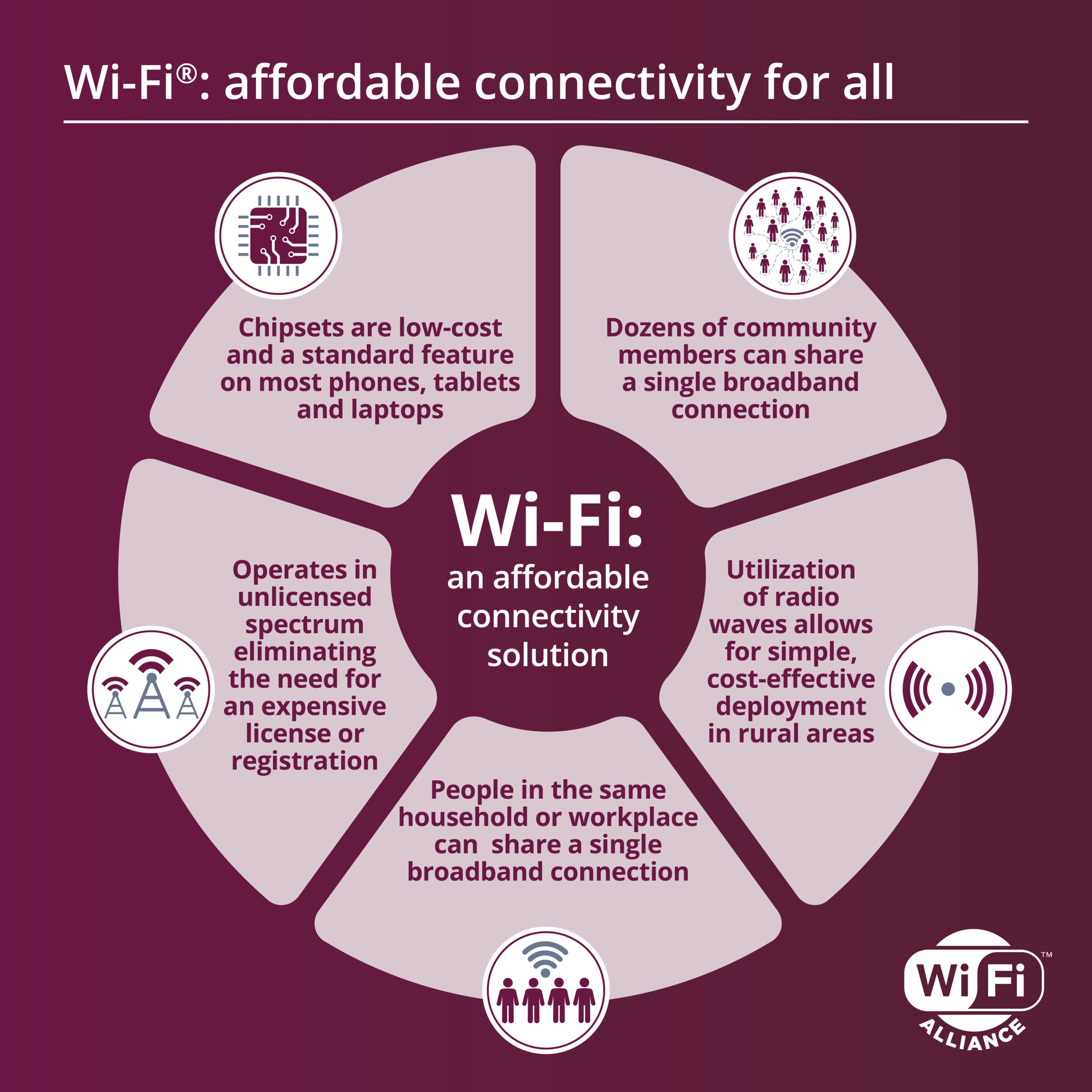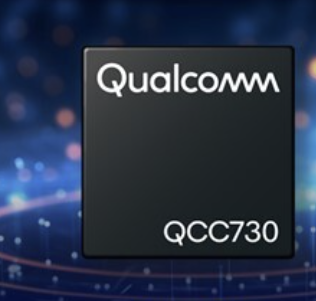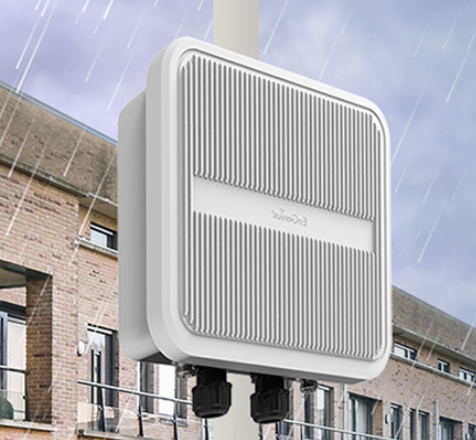
By Claus Hetting, Wi-Fi NOW CEO & Chairman
Enjoying this story?
Leave your email here and we'll get you all the latest Wi-Fi news.
Wi-Fi is arguably the world’s most affordable networking technology – and sharing Internet connectivity among family and community members is one of most effective ways of expanding digital inclusion across the globe, the Wi-Fi Alliance says. Add to this the low cost of devices, free operating spectrum, and simple deployment. In short: Wi-Fi is the world’s most cost-effective technology when it comes to connecting the unconnected.
There’s no getting around the fact that here in the West, Wi-Fi is powering our hyperconnected digital lives at home and at the office – sometimes at speeds of several hundreds of Gbps. Meanwhile in less affluent parts of the world, Wi-Fi serves perhaps an even more essential role: Empowering communities to participate in the local and global Internet economy – including education, trade, and socio-economic development. As the world’s most affordable connectivity option, Wi-Fi has become a lifeline.

So why is Wi-Fi so effective? For starters the simple act of sharing one fixed Internet connection among perhaps hundreds of community members or many family members within a home is a leap forward in expanding Internet availability. This can be done a low cost by installing low-cost router and thus creating a simple Wi-Fi hotspot, Wi-Fi Alliance says.
And many parts of the world are still in dire need of more connectivity. This is for example the case in Africa, where only about 33% of individuals were using the Internet in 2021 (according to the ITU). Compare this to the global average of 63% of individuals worldwide. But there is – thankfully – a lot of good news and significant progress to report.
Cisco forecasts that the number of public Wi-Fi hotspots worldwide will grow to more than 600 million by this year, up from less than 200 million in 2018. Some of these projects are already well known – such as for example India’s PM-WANI project, which has already resulted in the deployment of 40,000 new Wi-Fi hotspots in villages across India with an expected several million more to go.
At Wi-Fi NOW we’ve spent the last couple of years strongly advocating the use of OpenWiFi infrastructure in order to drive down large-scale Wi-Fi network costs. And while some connectivity projects – such as Facebook Express Wi-Fi – sadly exist no more, other strong contributors have stepped up to the challenge and delivered. For example: Read about how Indio Networks has taken over from Facebook Connectivity here. And while fibre is still probably the most important sister technology to Wi-Fi, satellite services – such as Starlink – have an increasingly important role to play in backhauling community and rural Wi-Fi.
Also don’t miss our Special Event coming up April 4 on ‘Bridging the digital divide with unlicensed wireless’ featuring some of the world’s leading financial and technical experts. We will be discussing how to build a sustainable ISP business as a lifeline for communities where the disposable income for broadband services may be no more than a few dollars a month per person or household.
For more details download Wi-Fi Alliance mini-report and assets on affordable connectivity here.
/Claus.









